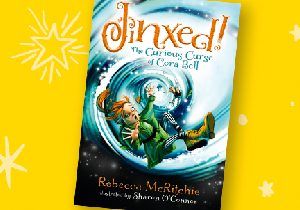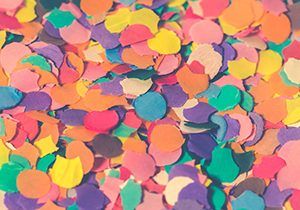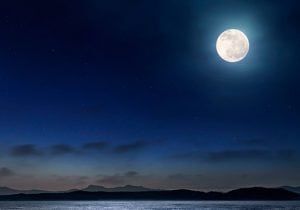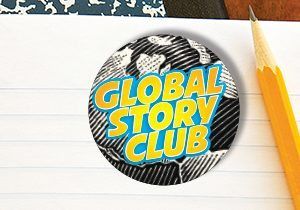
Space Week primary resource
This Space Week primary resource introduces children to life on the International Space Station; the complexities of space suit design, and the possibility of life on Mars. What do astronauts eat in space? In what year is the first manned mission to Mars planned? Which everyday household objects have been inspired by space technology?
Pupils will have the opportunity to consider the history and future of space travel using our National Geographic Kids’ Space primary resource sheet.
The teaching resource can be used in study group tasks, as a printed handout for each pupil, or for display on the interactive whiteboard.
Activity: Ask children to imagine they are going on a journey to Mars and to write a diary of their adventure using the information provided. Pupils could use the information to make their own ‘guide to space travel’ booklet or leaflet. Pupils could use their research to write a more detailed factsheet about their favourite space fact from the sheet, or as a class, they could make a timeline of space travel for display in the classroom.
N.B. The following information for mapping the resource documents to the school curriculum is specifically tailored to the English National Curriculumand Scottish Curriculum for Excellence. We are currently working to bring specifically tailored curriculum resource links for our other territories; including South Africa, Australia and New Zealand. If you have any queries about our upcoming curriculum resource links, please email: schools@ngkids.co.uk
This Science primary resource assists with teaching the following Upper Key Stage 2 Science (Year 5) objectives from the National Curriculum:
Pupils should be taught to:
- describe the movement of the Earth, and other planets, relative to the Sun in the solar system
Pupils should learn that the Sun is a star at the centre of our solar system and that it has eight planets: Mercury, Venus, Earth, Mars, Jupiter, Saturn, Uranus and Neptune (Pluto was reclassified as a ‘dwarf planet’ in 2006).
This Science primary resource, this resource assists with teaching the following Sciences Early level objectives from the Scottish Curriculum for Excellence:
- I have experienced the wonder of looking at the vastness of the sky, and can recognise the sun, moon and stars and link them to daily patterns of life.
Scottish Curriculum for Excellence Sciences First level objectives:
- By safely observing and recording the sun and moon at various times, I can describe their patterns of movement and changes over time. I can relate these to the length of a day, a month and a year.
Scottish Curriculum for Excellence Sciences Second level objectives:
- By observing and researching features of our solar system, I can use simple models to communicate my understanding of size, scale, time and relative motion within it.
Scottish Curriculum for Excellence Sciences Third level objectives:
- By using my knowledge of our solar system and the basic needs of living things, I can produce a reasoned argument on the likelihood of life existing elsewhere in the universe.
Scottish Curriculum for Excellence Sciences Fourth level objectives:
- By researching developments used to observe or explore space, I can illustrate how our knowledge of the universe has evolved over time.
Download primary resource
More Like

Jinxed! The Curious Curse of Cora Bell!

How to throw a plastic-free party!

The Phases of the Moon












LEAVE A COMMENT
THANK YOU
Your comment will be checked and approved shortly.
WELL DONE,
YOUR COMMENT
HAS BEEN ADDED!
COMMENTS
CUSTOMIZE YOUR AVATAR